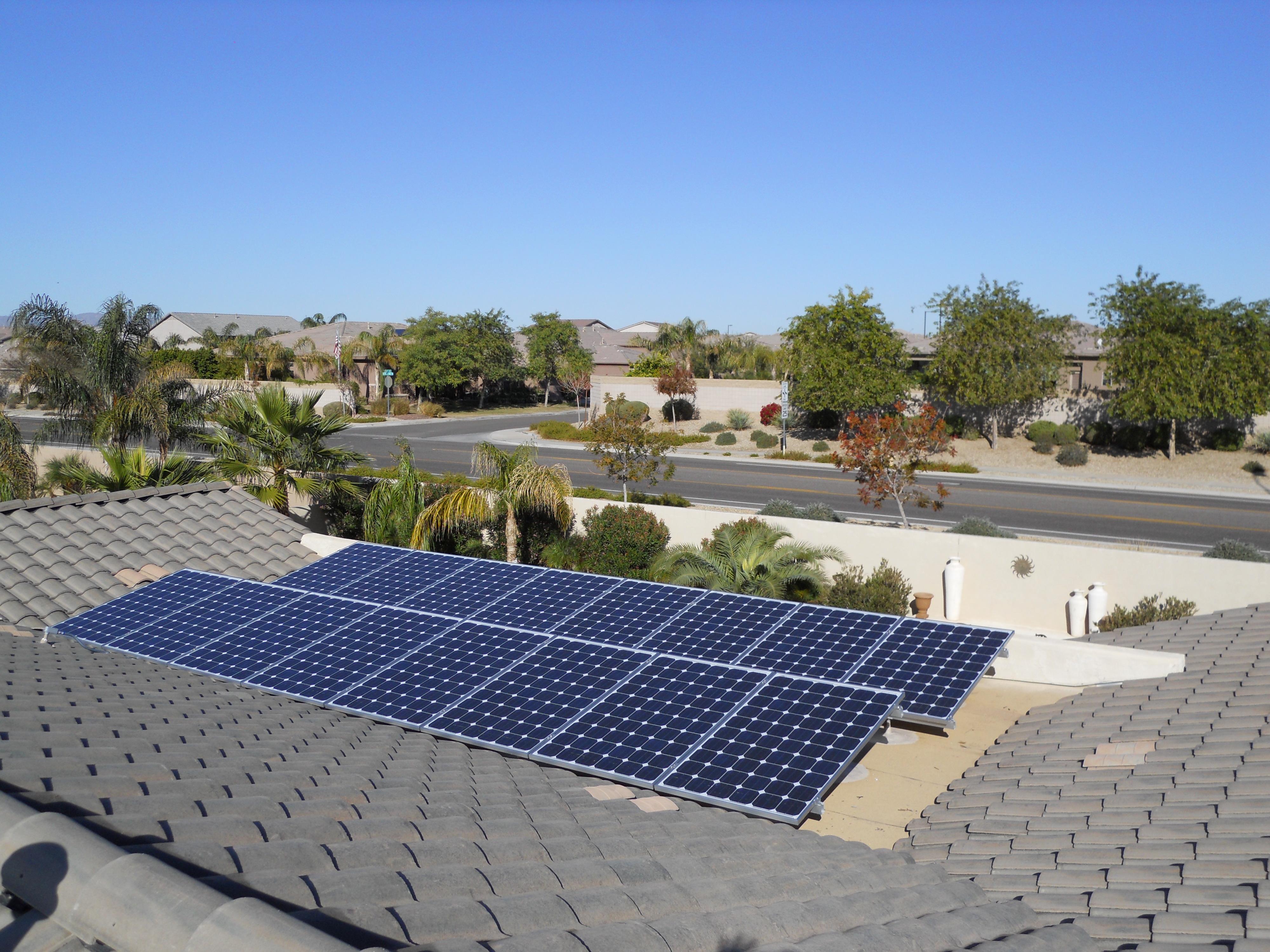Streamline permits for solar
08/28/2013 Leave a comment
Citizens can promote sustainability by making sure that communities and states have updated their codes and standards for installation of solar panels. States, cities and even planning commissions can choose to encourage or to block homeowners and businesses from adopting cost saving solar power. There are wide differences in waiting time and cost for permits to install photovoltaics. As the cost of solar panels drops, old and costly permitting requirements can double to price of solar installation.The US Department of Energy studied and reported on major gaps in 2010 and helped fund the Solar ABCs, recommending standards and codes for installation. In half a dozen states, solar panels provide cheaper electricity even without subsidies. With current federal tax credits, solar rooftop electricity is competitive with local electric costs in all but a few states.
Local Permitting Makes A Bigger Difference As Solar Gets Cheap
http://solarabcs.org/about/index.html
http://www.forbes.com/sites/toddwoody/2012/07/05/cut-the-price-of-solar-in-half-by-cutting-red-tape/

